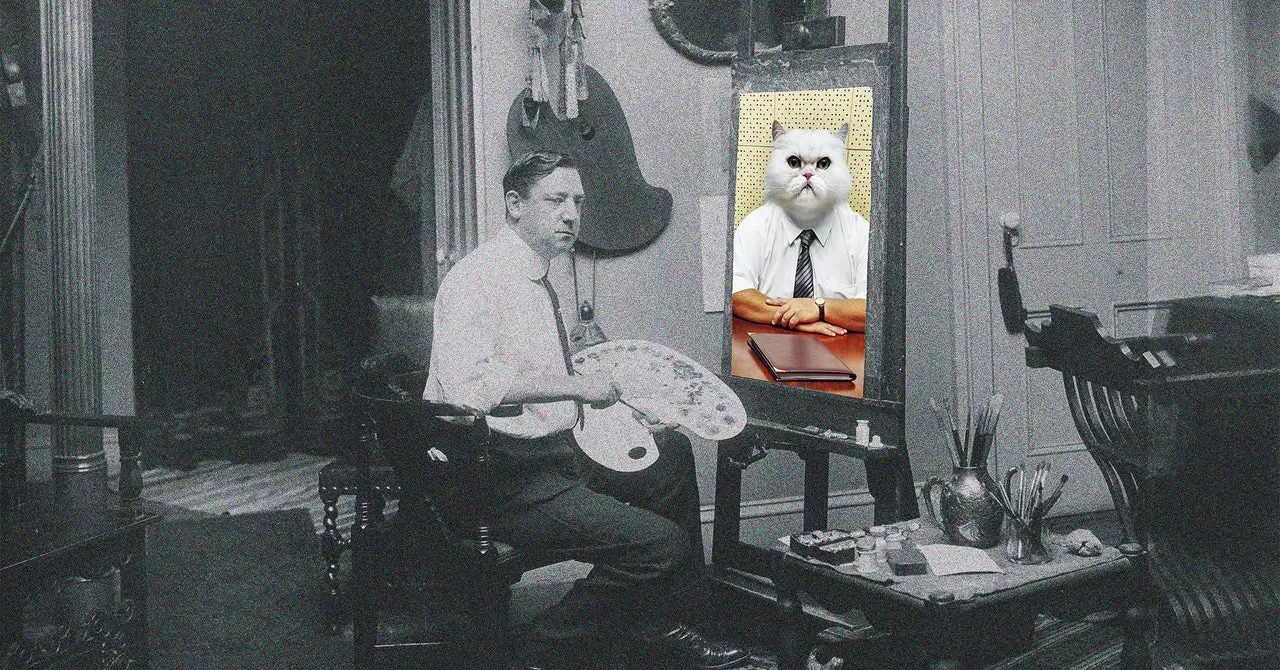In recent years, the use of artificial intelligence (AI) in creating images and videos has sparked a debate within the creative community. While some see the potential benefits of generative AI, others raise ethical concerns about its impact on human creativity. The backlash against image and video synthesis is not only directed towards creative app developers but also towards hardware manufacturers and game publishers who have used AI-generated content in their marketing materials.
Criticism of Companies
Hardware manufacturer Wacom and game publisher Wizards of the Coast have faced criticism and issued apologies for utilizing AI-generated content in their marketing campaigns. Similarly, Toys “R” Us received a negative reaction after debuting an AI-generated commercial. These incidents highlight the challenges that companies face in balancing the benefits of generative AI with the ethical considerations it raises.
In response to the controversy surrounding AI image synthesis, Procreate made an anti-AI announcement that garnered a largely positive reaction on social media. Artists and creators appreciated Procreate’s stance on human-centric creativity. Artist Freya Holmér expressed her gratitude, stating, “This is very appreciated, thank you.” This indicates that there is a segment of the creative community that applauds Procreate’s decision to distance itself from AI image synthesis.
Opposition to Image Synthesis
Many artists who have been vocal critics of AI image generation also responded favorably to Procreate’s move. Artist Karla Ortiz, who is involved in a lawsuit against AI image-generator companies, showed her support for Procreate’s decision. Similarly, artist R. J. Palmer, known for sparking the initial wave of AI art backlash, commended Procreate for taking a stand against AI image synthesis.
Support for AI
Despite the criticisms of AI image synthesis, there are also proponents of using generative AI as an accessibility tool in art. Artist Claire Silver, who incorporates AI into her creative process, highlighted the ways in which AI can enhance traditional skills and make art more accessible to a wider audience. This diversity of opinions within the creative community reflects the complex and nuanced nature of the debate surrounding AI image synthesis.
For Procreate, reaffirming its support for human-centric creativity could serve as a differentiated marketing strategy in a competitive landscape dominated by creativity app giant Adobe. While some users may prefer AI tools for their creative process, Procreate’s anti-AI stance may resonate with those who prioritize human creativity over algorithmic generation. However, this decision also carries risks, as it may alienate a portion of the user base and limit future flexibility in incorporating generative AI.
The use of AI in image synthesis continues to be a divisive issue within the creative community. While some see the potential benefits of AI tools, others raise valid ethical concerns about maintaining the integrity of human creativity. Procreate’s decision to distance itself from AI image synthesis reflects the ongoing debate about the role of technology in art and underscores the importance of considering ethical implications in marketing and creative practices. As companies navigate this complex terrain, the balance between embracing technological innovation and upholding human-centered values remains a challenge in the ever-evolving landscape of digital creativity.

